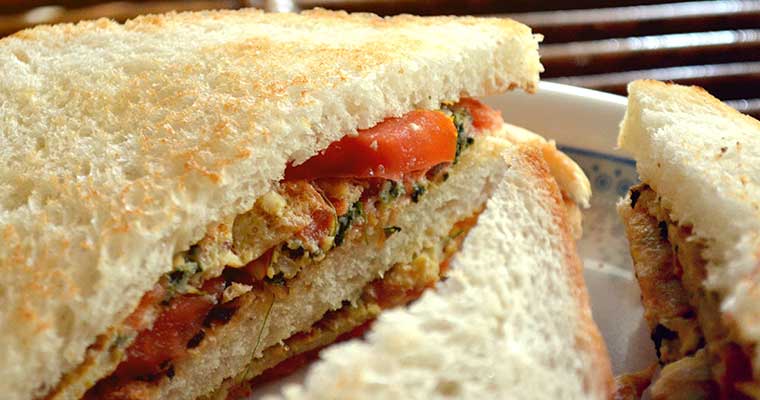Easy Gift Ideas for the Vizsla Lover
Red Bark Shop– I cannot skip past my store with shirts, hoodies, hats, stickers, and more! Lucky Dog Coffee – Coffee subscriptions (Canadian) that support Vizsla rescue. We love the mugs and dog treats as well Donation to a Vizsla Rescue, or dog rescue close…









